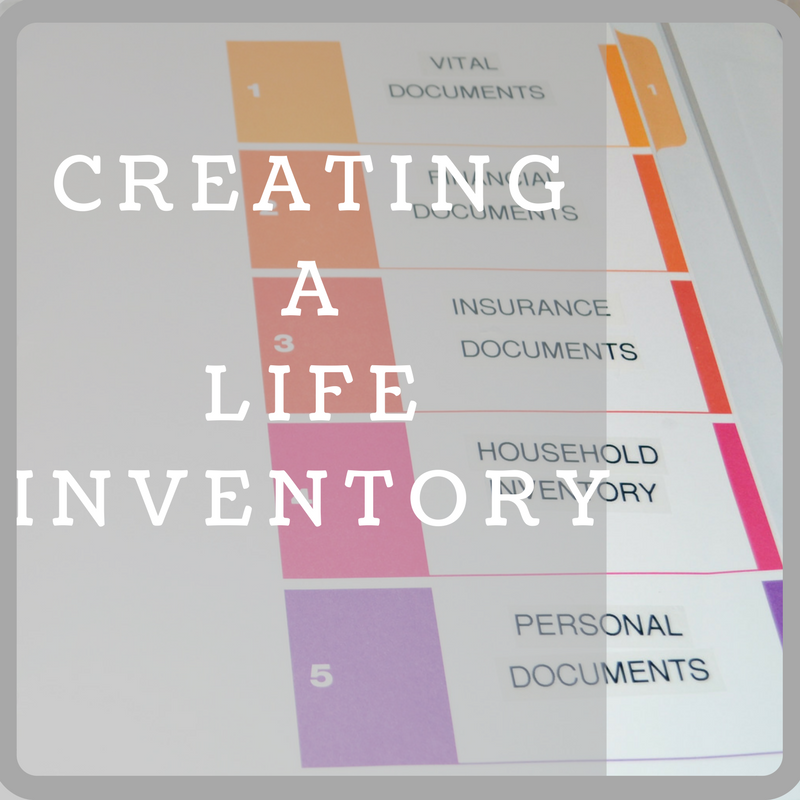
It’s 9pm. The phone rings and the voice on the other end says, “There’s been an accident.” Your 75-year-old parents were driving home from an evening out. A deer jumped onto the road and your father swerved to miss it. Instead of hitting the break, your father hit the gas pedal and crashed into a telephone pole. Thankfully, both of your parents were uninjured.
What if your parents were injured in the accident? What if you needed to find their important documents, such as their wills and advance directives? What about information on who their doctors are and what medications they take? Where do they do their banking and who is their contact? Where is the deed to their house? Could you get your hands on this information in case of an emergency? Could you get your hands on your own information?
If you can answer yes, that’s fantastic. However, according to a May 2015 CNBC poll, “52 percent of adult children don’t know where their parents store the(ir) documents, and 58 percent don’t know the content of them.”
What does this have to do with getting organized? Everything. One of the main reasons people want to get organized is to find what they need FAST. For this reason, I recommend creating a Life Inventory (coined by Carol Kaufman of CB Data).
What should be included in a Life Inventory?
- Start with critical documents: wills, advance directives, trusts, and other vital documents.
- Add documentation about all residences, vehicles, and storage facilities, and their contents.
- Put in a list of professional firms and service providers, technology equipment, and online passwords.
- Include medical information, financial account information, and anything else pertinent to your family that would be needed in case of emergency.
Where should a Life Inventory be stored?
- You could keep a file, create a binder, or keep everything in one grab & go briefcase. Make copies of everything and give them to family members. Keep one copy in your safe deposit box.
- You could create a spreadsheet.
- You could use personal inventory software that aggregates all of your information, syncs to your mobile device, and can be shared with loved ones.
